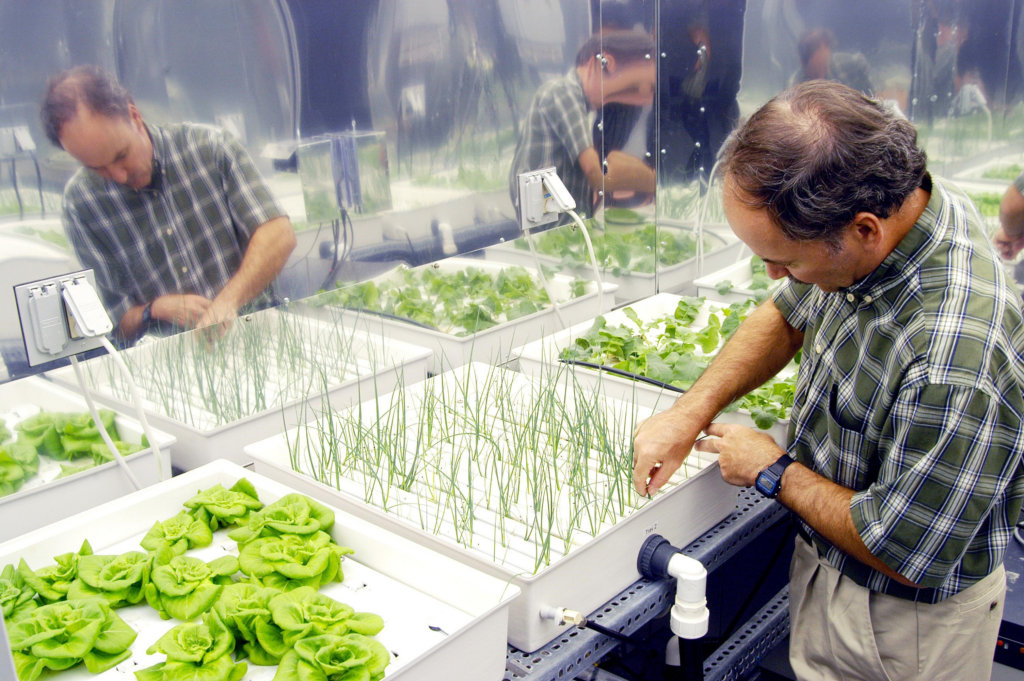
In recent years, agriculture has witnessed a significant transformation, thanks to advancements in technology. One of the most innovative methods gaining widespread attention is hydroponics agricultural technology. In this article, we will delve deep into the world of hydroponics, exploring its principles, benefits, challenges, and its potential to shape the future of farming.
TABLE OF CONTENTS
- Introduction to Hydroponics
- The Basics of Hydroponic Farming
- Hydroponics vs. Traditional Farming
- Key Components of a Hydroponic System
- Types of Hydroponic Systems
- Nutrient Solution: The Lifeblood of Hydroponics
- Balancing Nutrients for Plant Growth
- Monitoring and Adjusting pH Levels
- The Advantages of Hydroponic Farming
- Maximizing Crop Yield
- Conserving Water Resources
- Eliminating Soil-Borne Diseases
- Challenges in Hydroponic Farming
- Initial Setup Costs
- Maintenance and Monitoring
- Crop-Specific Challenges
- Hydroponics in Practice: Success Stories
- Urban Farming Revolution
- Greenhouse Innovations
- Crop Diversification
- The Future of Agriculture: Hydroponics and Beyond
- Integration with IoT and AI
- Sustainable Farming Practices
- Food Security and Hydroponics
- Conclusion: A Greener Future with Hydroponics
1. Introduction to Hydroponics
Hydroponics is a cutting-edge agricultural technique that involves growing plants without soil. Instead, it relies on a nutrient-rich water solution to deliver essential minerals directly to the plant’s roots. This revolutionary approach has gained immense popularity for its potential to address some of the most pressing challenges in traditional farming.
2. The Basics of Hydroponic Farming
Hydroponics vs. Traditional Farming
Hydroponics offers a stark contrast to conventional soil-based farming. It provides precise control over environmental factors such as light, temperature, and humidity, resulting in optimal growing conditions.
Key Components of a Hydroponic System
A typical hydroponic setup comprises several critical components, including a reservoir, pumps, grow trays, and a nutrient solution. Each element plays a unique role in ensuring the plants receive the nutrients they need.
Types of Hydroponic Systems
Hydroponic systems come in various forms, such as nutrient film technique (NFT), deep water culture (DWC), and aeroponics. These systems cater to different plant types and growing environments.
3. Nutrient Solution: The Lifeblood of Hydroponics
Balancing Nutrients for Plant Growth
Maintaining the right balance of essential nutrients, including nitrogen, phosphorus, and potassium, is crucial for robust plant growth. Hydroponic farmers carefully manage nutrient levels to optimize crop production.
Monitoring and Adjusting pH Levels
The pH level of the nutrient solution can significantly impact plant health. Regular monitoring and adjustments ensure that plants receive the correct pH range, enhancing nutrient absorption.
4. The Advantages of Hydroponic Farming
Maximizing Crop Yield
Hydroponic systems allow for year-round cultivation and higher crop yields compared to traditional methods. This is especially beneficial in regions with adverse weather conditions.
Conserving Water Resources
Hydroponics uses significantly less water than traditional farming, making it an eco-friendly choice. It recirculates water efficiently, reducing water wastage.
Eliminating Soil-Borne Diseases
Without soil, hydroponic plants are less susceptible to soil-borne diseases and pests. This reduces the need for pesticides and promotes healthier produce.
5. Challenges in Hydroponic Farming
Initial Setup Costs
While hydroponics offers numerous advantages, the initial setup costs can be a barrier for small-scale farmers. However, long-term benefits often outweigh the initial investment.
Maintenance and Monitoring
Hydroponic systems require diligent monitoring and maintenance to ensure optimal conditions. This demands a certain level of expertise and commitment from farmers.
Crop-Specific Challenges
Certain crops may not thrive in hydroponic environments. Understanding the specific needs of each plant type is essential for success.
6. Hydroponics in Practice: Success Stories
Urban Farming Revolution
Hydroponic systems are ideal for urban farming, allowing crops to be grown in limited spaces. Rooftop gardens and vertical farms are transforming cityscapes.
Greenhouse Innovations
Greenhouses equipped with hydroponic systems extend growing seasons and enable the cultivation of crops that would otherwise be unsuitable for the local climate.
Crop Diversification
Hydroponics encourages the cultivation of a wide variety of crops, promoting food diversity and reducing reliance on single-crop agriculture.
7. The Future of Agriculture: Hydroponics and Beyond
Integration with IoT and AI
The integration of Internet of Things (IoT) and Artificial Intelligence (AI) technologies is poised to revolutionize hydroponic farming. Automated monitoring and data-driven insights will enhance efficiency.
Sustainable Farming Practices
Hydroponics aligns with sustainable farming practices by reducing resource consumption and waste. It offers a path towards more eco-friendly agriculture.
Food Security and Hydroponics
As the global population continues to grow, hydroponics can play a vital role in ensuring food security by increasing crop yields and reducing the environmental impact of agriculture.
8. Conclusion: A Greener Future with Hydroponics
Hydroponics is not just a farming method; it’s a glimpse into the future of agriculture. With its potential to boost crop yields, conserve resources, and address food security concerns, it holds the promise of a greener, more sustainable world.
